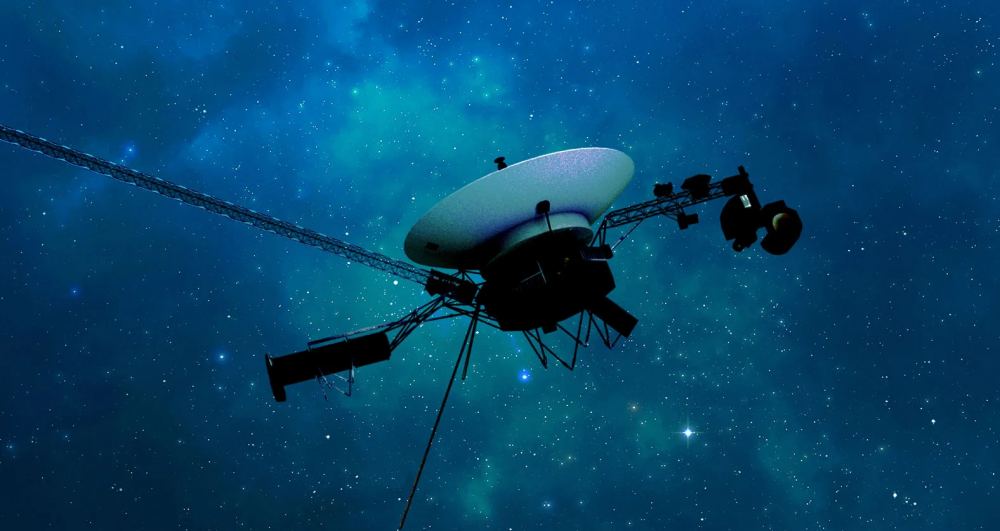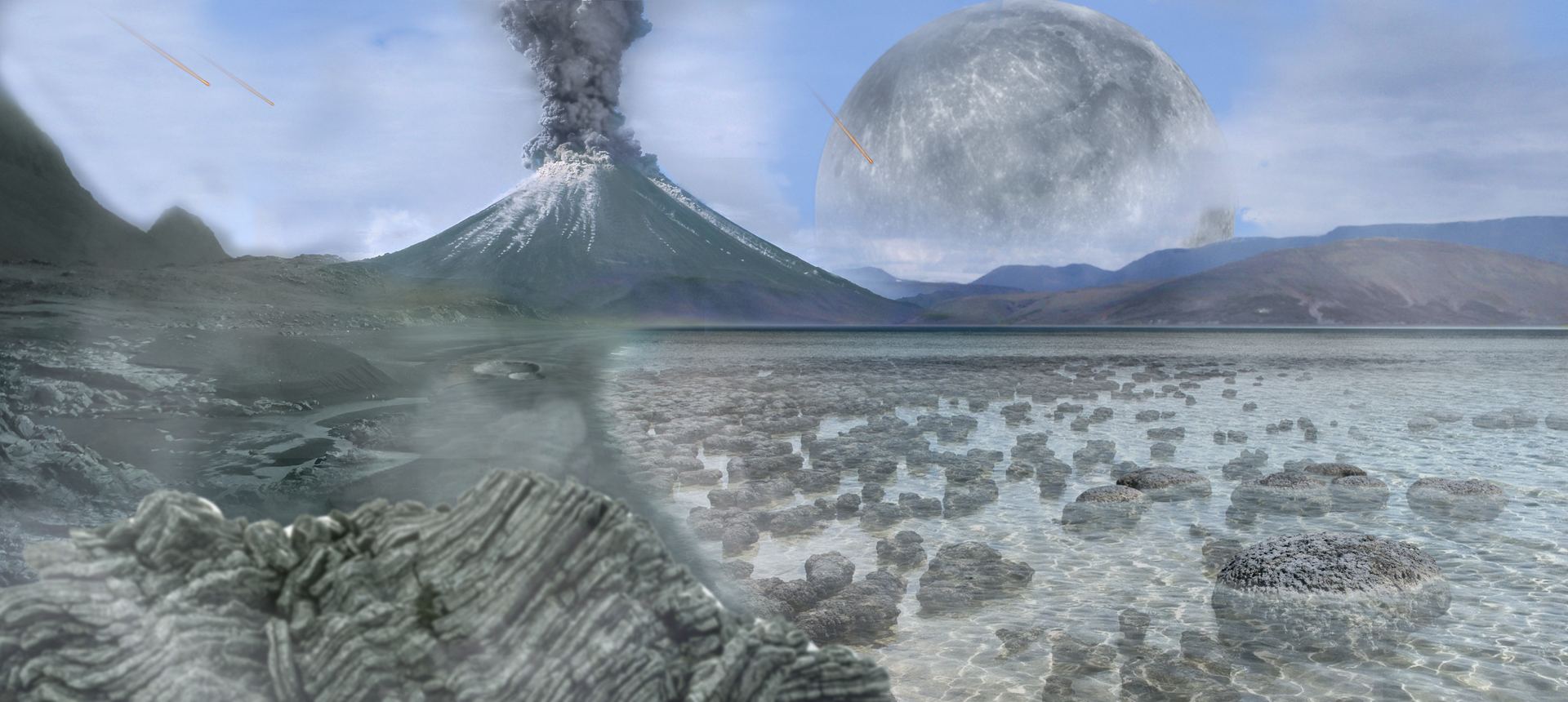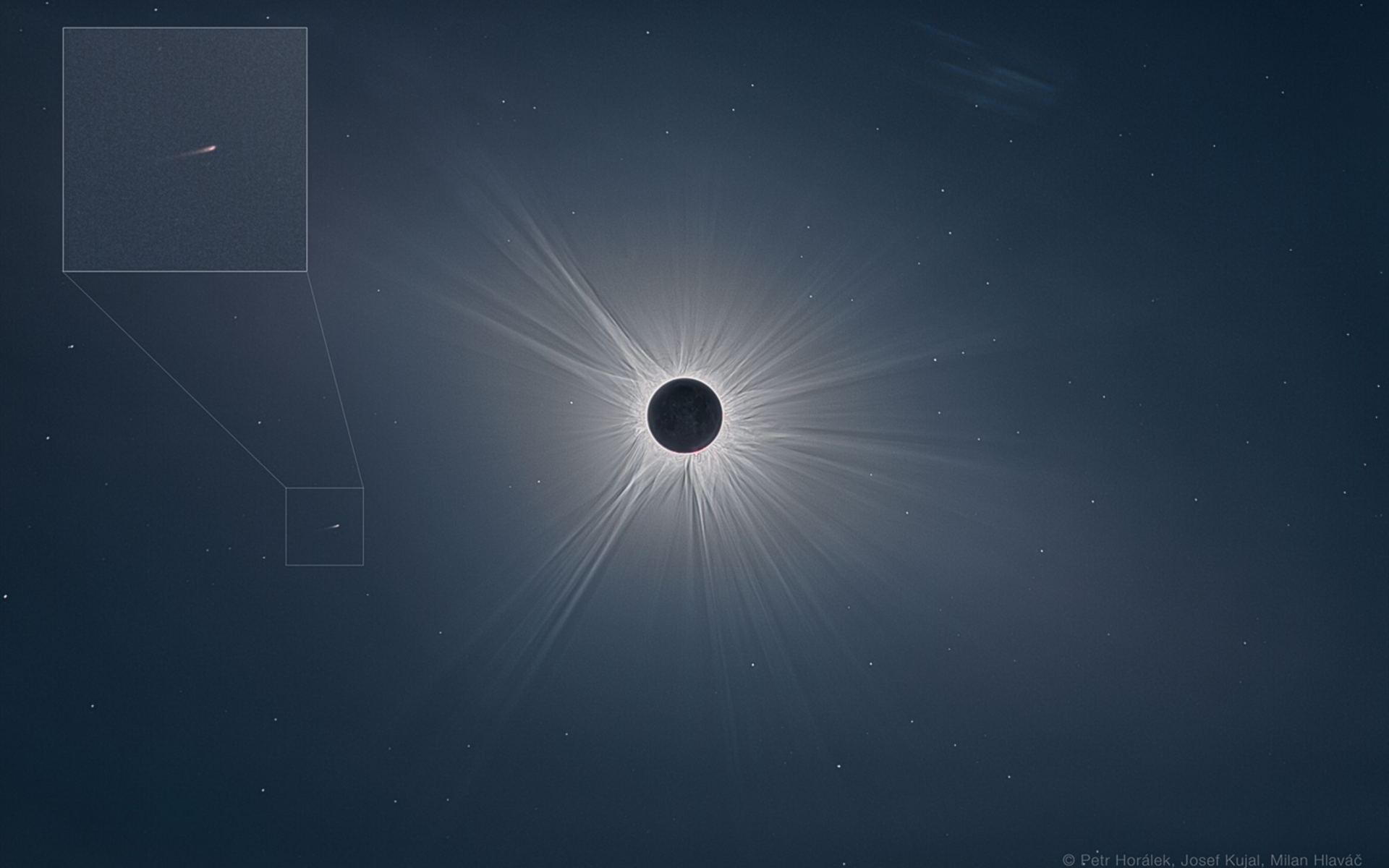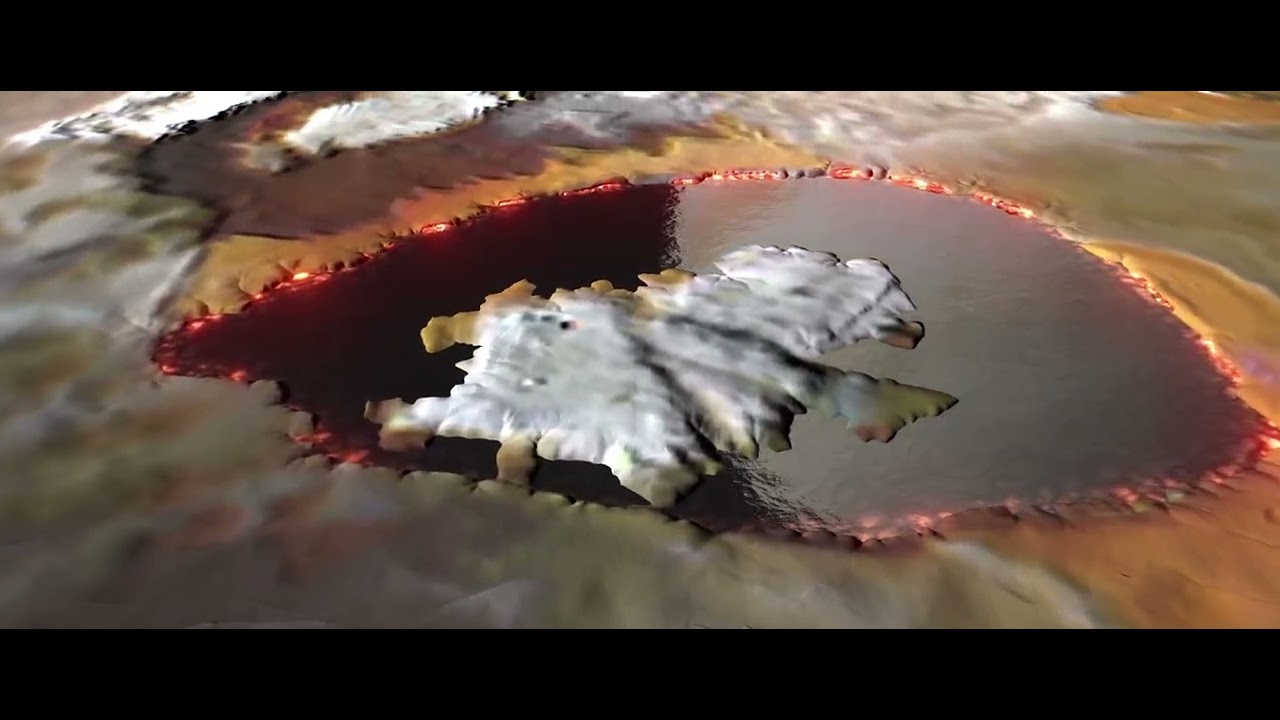The venerable Voyager 1 spacecraft is finally phoning home again. This is much to the relief of mission engineers, scientists, and Voyager fans around the world.
Continue reading “NASA Restores Communications with Voyager 1”Will We Know if TRAPPIST-1e has Life?
The search for extrasolar planets is currently undergoing a seismic shift. With the deployment of the Kepler Space Telescope and the Transiting Exoplanet Survey Satellite (TESS), scientists discovered thousands of exoplanets, most of which were detected and confirmed using indirect methods. But in more recent years, and with the launch of the James Webb Space Telescope (JWST), the field has been transitioning toward one of characterization. In this process, scientists rely on emission spectra from exoplanet atmospheres to search for the chemical signatures we associate with life (biosignatures).
However, there’s some controversy regarding the kinds of signatures scientists should look for. Essentially, astrobiology uses life on Earth as a template when searching for indications of extraterrestrial life, much like how exoplanet hunters use Earth as a standard for measuring “habitability.” But as many scientists have pointed out, life on Earth and its natural environment have evolved considerably over time. In a recent paper, an international team demonstrated how astrobiologists could look for life on TRAPPIST-1e based on what existed on Earth billions of years ago.
Continue reading “Will We Know if TRAPPIST-1e has Life?”Astronaut Food Will Lose Nutrients on Long-Duration Missions. NASA is Working on a Fix
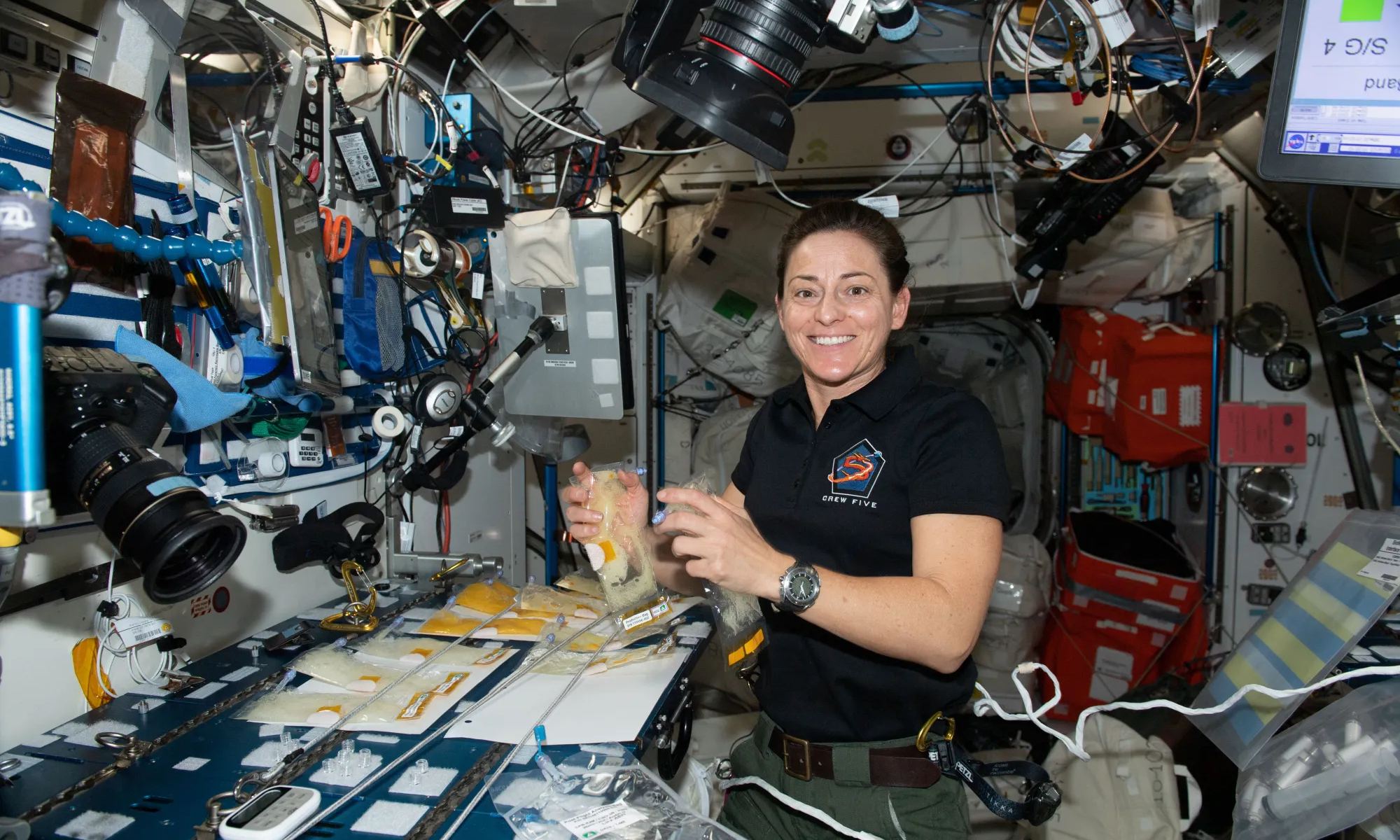
Astronauts on board the International Space Station are often visited by supply ships from Earth with food among other things. Take a trip to Mars or other and the distances are much greater making it impractical to send fresh supplies. The prepackaged food used by NASA loses nutritional value over time so NASA is looking at ways astronauts can produce nutrients. They are exploring genetic engineering techniques that can create microbes with minimal resource usage.
Continue reading “Astronaut Food Will Lose Nutrients on Long-Duration Missions. NASA is Working on a Fix”There Was a Doomed Comet Near the Sun During the Eclipse
A surprise appearance of a new comet made the April 8th total solar eclipse all the more memorable.
Any dedicated ‘umbraphile’ will tell you: no two eclipses are exactly the same. Weather, solar activity, and the just plain expeditionary nature of reaching and standing in the shadow of the Moon for those brief moments during totality assures a unique experience, every time out. The same can be said for catching a brief glimpse of what’s going on near the Sun, from prominences and the pearly white corona to the configuration of bright planets… and just maybe, a new comet.
Continue reading “There Was a Doomed Comet Near the Sun During the Eclipse”The Ingenuity Team Downloads the Final Data from the Mars Helicopter. The Mission is Over
I really can’t believe that the Ingenuity helicopter on Mars took its maiden voyage in April 2021. On the 16th April 2024, engineers at NASA have received the final batch of data from the craft which marks the final task of the team. Ingenuity’s work is not over though as it will remain on the surface collecting data. For the engineers at NASA, they have their sights set on Dragonfly, a new helicopter destined for Titan.
Continue reading “The Ingenuity Team Downloads the Final Data from the Mars Helicopter. The Mission is Over”Juno Reveals a Giant Lava Lake on Io
NASA’s Juno spacecraft came within 1,500 km (930 miles) of the surface of Jupiter’s moon Io in two recent flybys. That’s close enough to reveal new details on the surface of this moon, the most volcanic object in the Solar System. Not only did Juno capture volcanic activity, but scientists were also able to create a visual animation from the data that shows what Io’s 200-km-long lava lake Loki Patera would look like if you could get even closer. There are islands at the center of a magma lake rimmed with hot lava. The lake’s surface is smooth as glass, like obsidian.
Continue reading “Juno Reveals a Giant Lava Lake on Io”What’s the Most Effective Way to Explore our Nearest Stars?

It was 1903 that the Wright brothers made the first successful self-propelled flight. Launching themselves to history, they set the foundations for transatlantic flights, supersonic flight and perhaps even the exploration of the Solar System. Now we are on the precipice of travel among the stars but among the many ideas and theories, what is the ultimate and most effective way to explore our nearest stellar neighbours? After all, there are 10,000 stars within a region of 110 light years from Earth so there are plenty to choose from.
Continue reading “What’s the Most Effective Way to Explore our Nearest Stars?”Radiating Exoplanet Discovered in “Perfect Tidal Storm”

Can tidal forces cause an exoplanet’s surface to radiate heat? This is what a recent study accepted to The Astronomical Journal hopes to address as a team of international researchers used data collected from ground-based instruments to confirm the existence of a second exoplanet residing within the exoplanetary system, HD 104067, along with using NASA’s Transiting Exoplanet Survey Satellite (TESS) mission to identify an additional exoplanet candidate, as well. What’s unique about this exoplanet candidate, which orbits innermost compared to the other two, is that the tidal forces exhibited from the outer two exoplanets are potentially causing the candidates’ surface to radiate with its surface temperature reaching as high as 2,300 degrees Celsius (4,200 degrees Fahrenheit), which the researchers refer to as a “perfect tidal storm”.
Continue reading “Radiating Exoplanet Discovered in “Perfect Tidal Storm””The Giant Planets Migrated Between 60-100 Million Years After the Solar System Formed
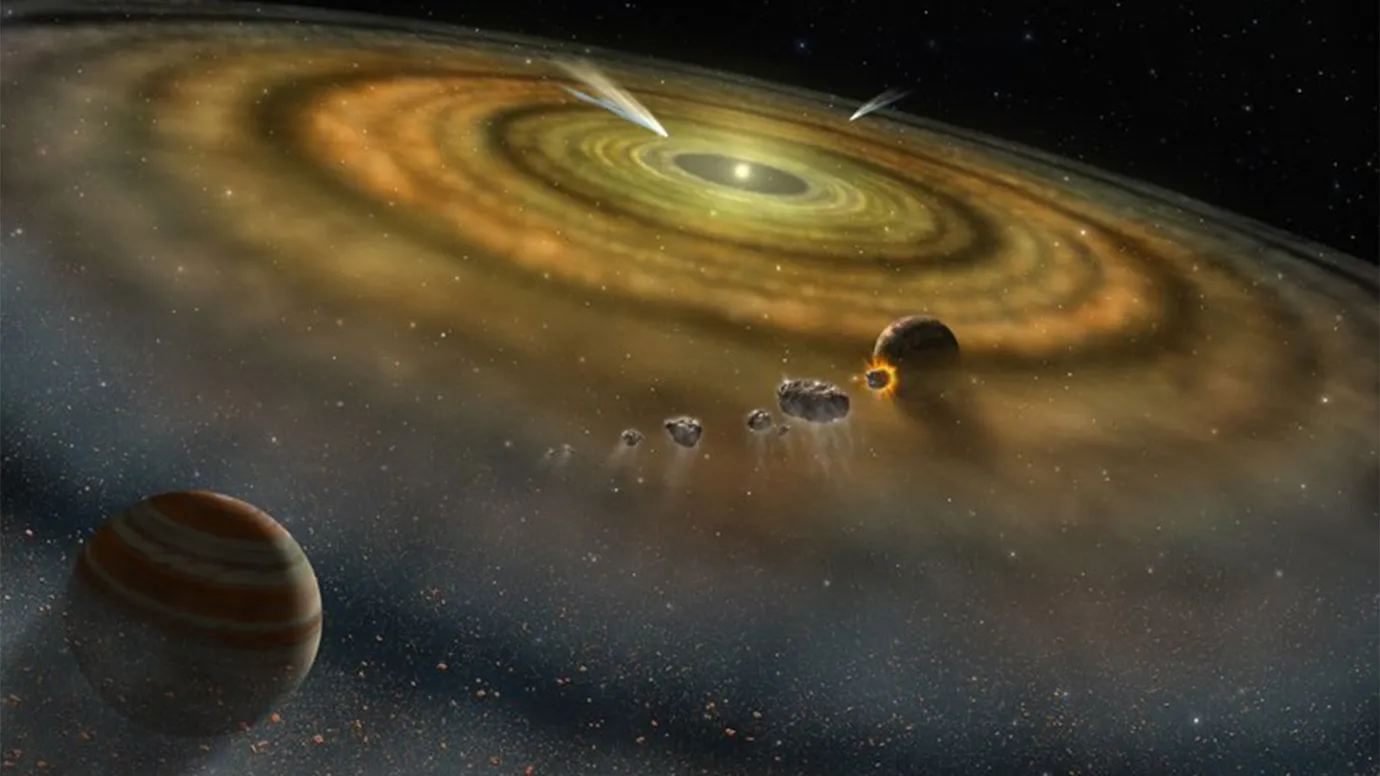
Untangling what happened in our Solar System tens or hundreds of millions of years ago is challenging. Millions of objects of wildly different masses interacted for billions of years, seeking natural stability. But its history—including the migration of the giant planets—explains what we see today in our Solar System and maybe in other, distant solar systems.
New research shows that giant planet migration began shortly after the Solar System formed.
Continue reading “The Giant Planets Migrated Between 60-100 Million Years After the Solar System Formed”Artemis Astronauts Will Deploy New Seismometers on the Moon
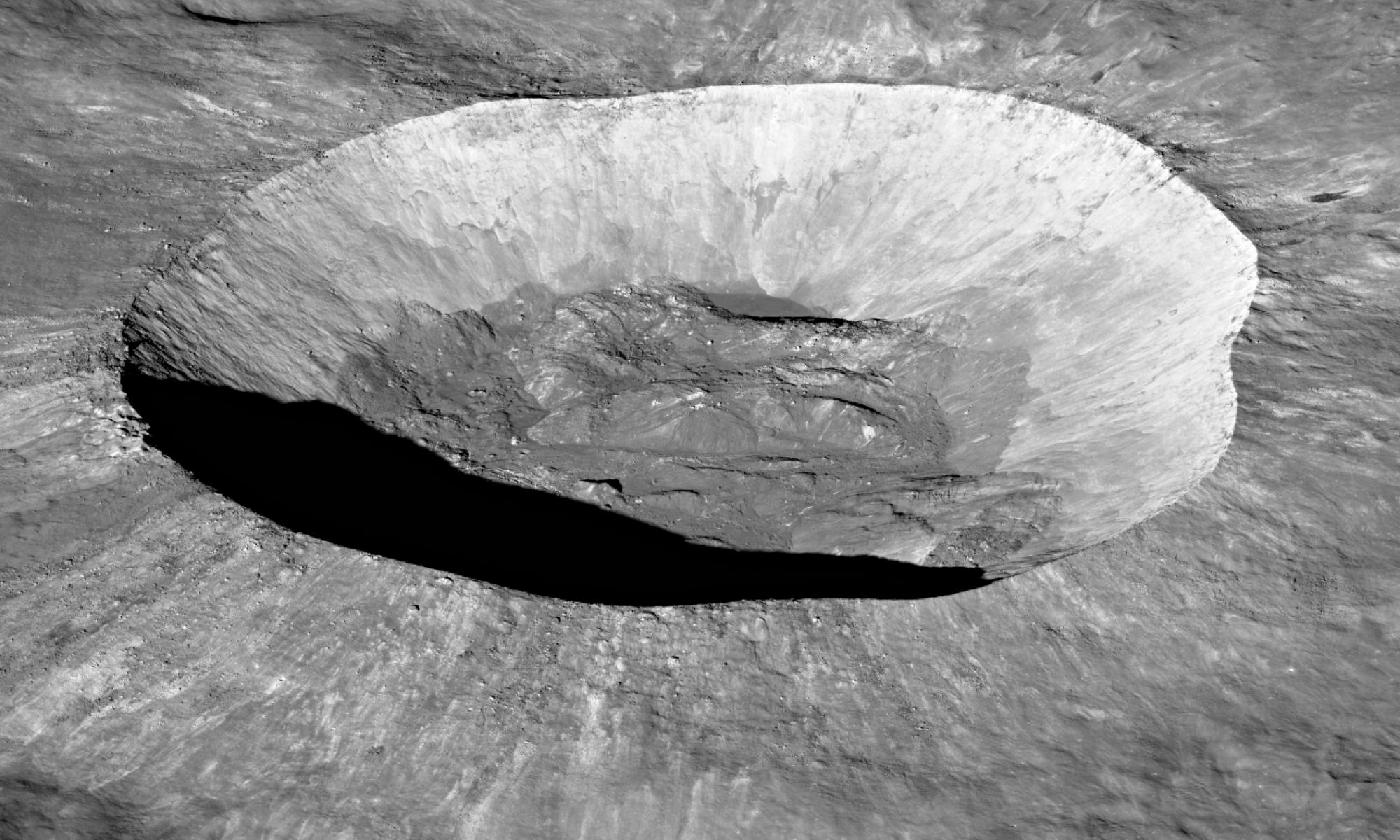
Back in the 1960s and 1970s, Apollo astronauts set up a collection of lunar seismometers to detect possible Moon quakes. These instruments monitored lunar activity for eight years and gave planetary scientists an indirect glimpse into the Moon’s interior. Now, researchers are developing new methods for lunar quake detection techniques and technologies. If all goes well, the Artemis astronauts will deploy them when they return to the Moon.
Continue reading “Artemis Astronauts Will Deploy New Seismometers on the Moon”
